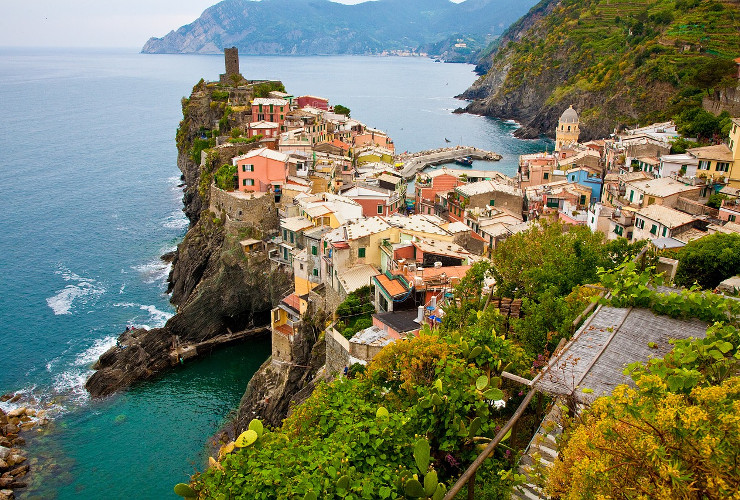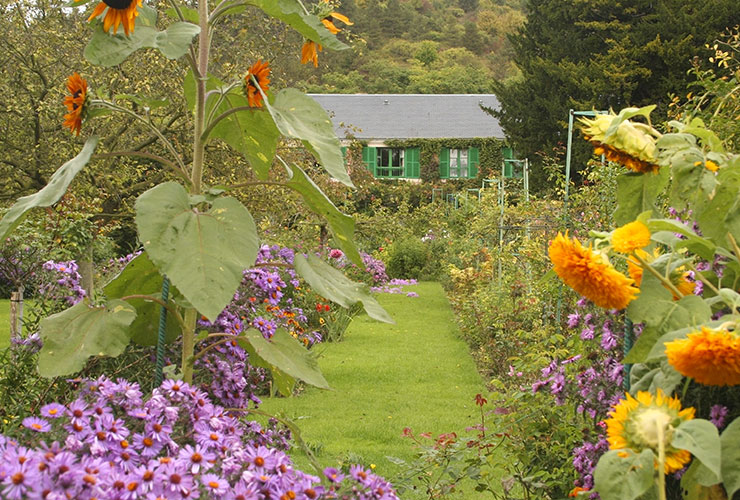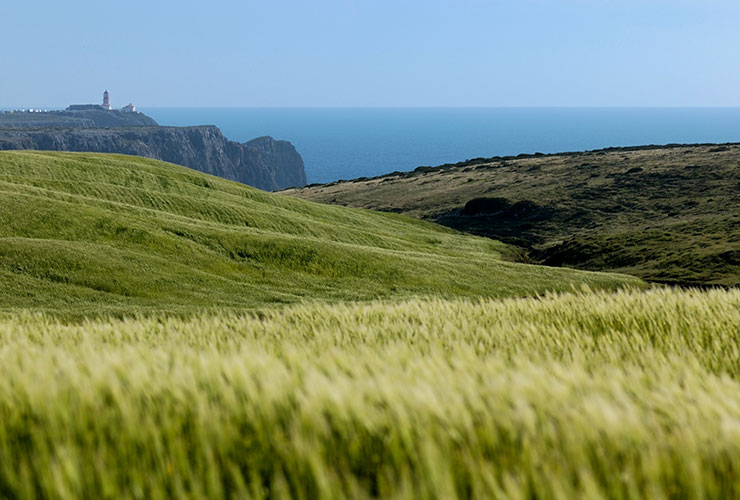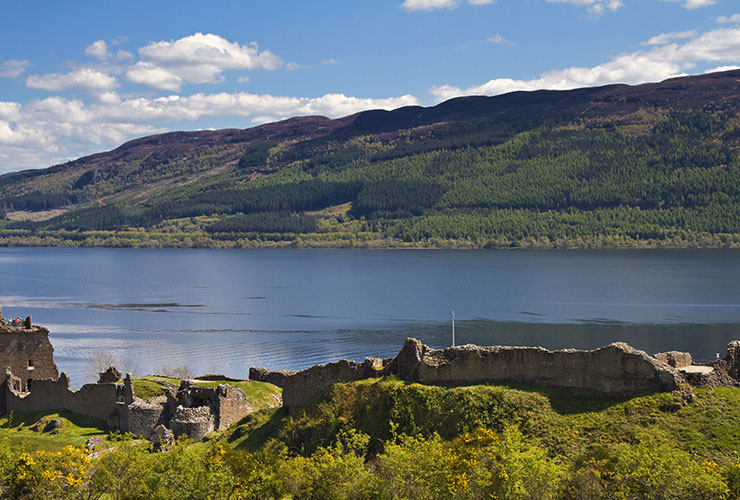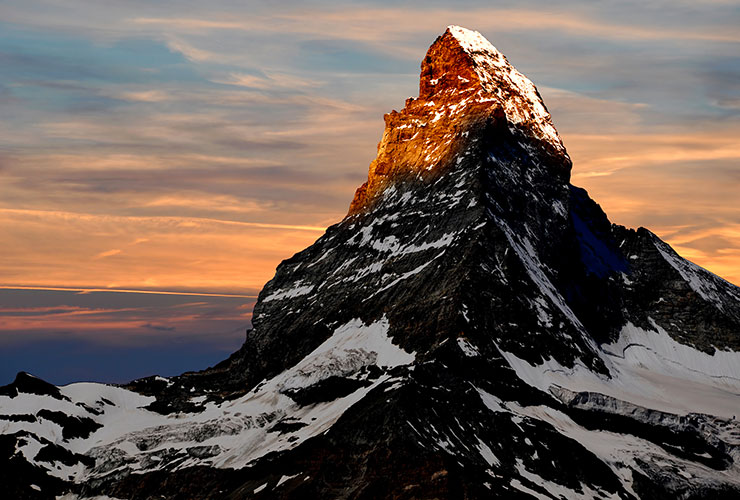Austrian Skiing Experience
Dreaming about an adventurous holiday in the snow? Then Austria is just the right place to spend a carefree and fun winter holiday. The Austrian Alps are one of the most desired destinations for skiers and winter sports fans alike. The beauty of the mountains, the perfect slopes and the special attention given to visitors makes for an undeniable appeal for those who want a first-class skiing experience.
The star regions are Tyrol, Carinthia and Salzburg. Some slopes and peaks have become famous over the years for having hosted the World Cup Alpine Skiing races. The most famous of these is by far Kitzbuhel. Here every year in January, the most dizzying, blazoned and exciting ski race takes place: the legendary downhill on the Streif. The elegant and lively medieval town of Kitzbuhel has over the years become a real winter sports center, the hub of Austria. Here the connection with skiing goes back to 1893, when the city’s former mayor Franz Reisch decided to go on skis to the peak of the Kitzbühel Horn.
Saalbach is a popular winter sports resort in the western part of the Salzburg region and the center of the largest ski area in Austria. The ski resort of Solden in Tyrol is formed by two glaciers. It is the ideal choice for those who want to ski the “Big 3”, offering over three thousand meters of immense mountains and slopes for everyone. The town of Schladming in the Styria region is one of the most elegant European ski resorts. In Carinthia, Bad Kleinkrichheim is a resort not only known for excellent skiing but also for its wellness vacations that offer numerous spas for relaxing after a long day in the snow. Two hours from Innsbruck you will encounter Ischgl, which is considered the Ibiza of the Alps. Dozens of après-ski clubs are open in town and on the slopes just after you finish skiing. Hundreds of people dance in these crowded places until late at night. The après-ski term was coined here and has since seen imitations across the Alps.
However, the most precious gift of Austria is the experience of its untouched and wonderful nature. Walking in silent snowy alpine landscapes you will feel the majestic and awe-inspiring beauty that surrounds you everywhere. Precious natural jewels and quiet mountain villages are waiting to be explored by you! Please do it, and remember the motto “experience, discover, relax and enjoy”.
Czech Golf Experience
In the last ten years the Czech Republic has been earning a reputation across Europe as an excellent golf destination. Almost one hundred greens are available for beginners and professionals who want to enjoy healthy and relaxing vacations.
This sport of gentlemen, as golf traditionally is framed, has deep roots in the Czech Republic. After several requests from the local spa guests, the first nine-hole golf course opened in Karlovy Vary in 1904. The following year saw the birth of another course in Marianske Lazne.
The real boom for golf, however, occurred at the beginning of 1990s and ever since the Czech Republic has become a much sought after golf destination and some of its courses even host the PGA European Tour. Thanks to a variable landscape, golf played on Czech courses is never the same experience twice. Here golfers can immerse themselves in a unique combination of natural beauty, historic sights and sport from March to October.
Golf resorts are usually placed directly on the courses, granting players a pleasant relaxation after an intensive sports day. The top quality of the greens is heightened by the fact that a large number of them are designed by internationally acclaimed architects. The Canadian architects Les Furber and Jim Eremko have undoubtedly produced one of the country’s finest woodland courses at Golf Resort Karlstejn, one of the most prestigious 18 holes Czech courses close to Prague. Equally impressive and close to the capital is the Albatross Golf Resort. Wonderful courses are also located in the northern area of Moravia, such as the Golf Resort Kaskáda and the Prosper Golf Resort Celadná. However, perhaps the best courses are to be found in western Bohemia spa triangle: Karlovy Vary, Mariánské Lázně e Františkovy Lázně. Here you will find plenty of golf resorts as the combination of golf and wellness is sought after by players from all around the world. The Karlovy Vary Golf Resort is the oldest club registered in the Czech Republic. The green is located on a 600 meter high hill and playing this course requires good technique because of the narrow fairways lined by massive old trees.
The Royal Golf Club Mariánské Lázně boasts a magnificent past and a bright present. In 2003 Queen Elizabeth II granted this golf course the right to use the title of Royal (the only one in Europe outside the United Kingdom!). Its 18 holes and par 72 park terrain are set in a charming wooded countryside at 787 meters above sea level, which is why the season here starts in May, later than most other Czech golf courses.
Hungarian Spa Experience
One of the main attractions of Hungary is without dispute the immense thermal baths network located among gentle hills and vineyards within its territory. Since ancient times Hungarian spas have been dedicated to the care of the body and spirit of its people, and they have at the same time also aided in nourishing the vineyards that flourish in those areas. While Hungary is landlocked it should perhaps more accurately be considered a water country. In fact Hungary is one of the richest countries in the world in terms of thermal waters. With 1,289 thermal springs, 300 thermal baths, 5 thermal caves, 48 different kinds of mineral water and 136 curative springs, you can easily understand why going to the spa is a favorite pastime for Hungarians.
The tradition of the therapeutic and recreational use of thermal waters in Hungary dates back to Roman times, but it was during the Ottoman domination, four centuries ago, that a real thermal culture arose. The main spa centers are located in Budapest, on Lake Balaton and on Lake Hévíz. The spas in Budapest are mainly located on the Buda side of the city and some of them like the Király spa and the Rudas baths have been working seamlessly since Turkish rule of the country.
The most elegant thermal baths of Budapest were built between the late 800s and early 900s. The most famous and beautiful one being the Gellért Thermal Bath, located in an Art Nouveau style hotel featuring original period style art works such as decorated wrought iron detailing, stained glass windows and mosaics that together give the building a spectacular historical atmosphere. The Neo-baroque Széchenyi themal baths on the Pest side of the city and the Margitsziget spa on Margaret Island are not to be missed either.
Lake Balaton is the largest lake in Central Europe and is situated at the edge of an ancient extinct volcano. Its thermal baths are located on the northern bank of the lake and most of them date back to the 18th century. The oldest and most famous spa is the thermal lake of Héviz, not a real lake but named so because of the very large size of its basin. The thermal lake of Hévíz ( ‘hé’ hot, ‘viz’ water) is still biologically active and rich in peat mud. It is fed by water from two springs rich in minerals and thanks to their large water flow the waters of Héviz are renewed every 2 or 3 days. With the basin composed of peat the spring waters flow through seven meters of peat and in that process dissolve valuable curative properties from its unique peat mud. The healing effects of this water are intense and it is recommended to limit your time in its waters to 20-minute sessions.
All Hungarians feel and live the spa tradition as a real ritual for self care, pleasant meetings and interesting conversation. Here you will discover the deep social and cultural aspects of Hungarians life in a very relaxing way.
 Hire Expertise
Hire Expertise Bespoke Itineraries
Bespoke Itineraries Travel Carefree
Travel Carefree